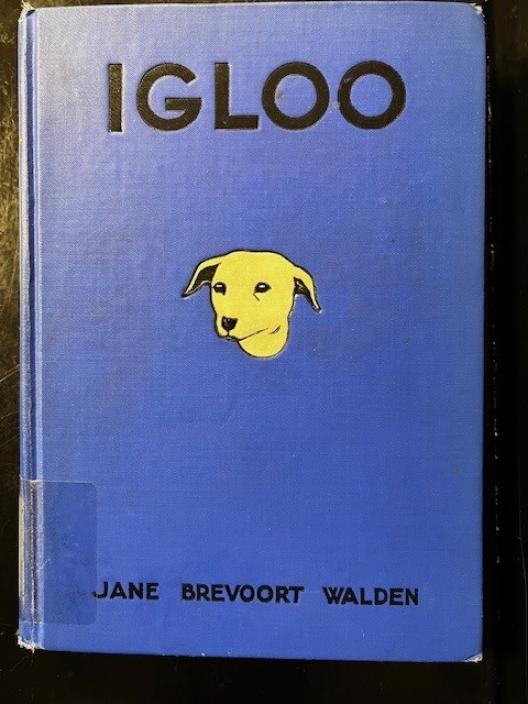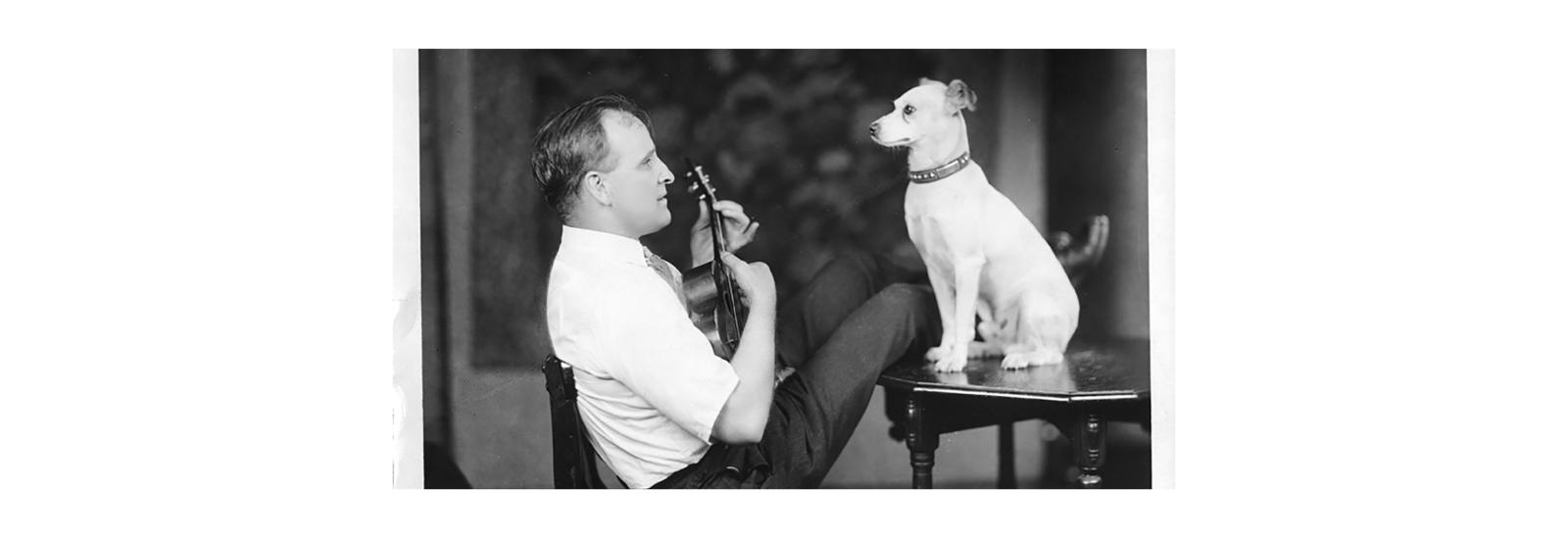Igloo is serenaded by Richard Konter (“Ukulele Dick”), a veteran of numerous Byrd expeditions.
— HISTORY CORNER —
Why was Igloo an Essential Explorer?
by Macey Goorevich
A dog is a man’s best friend. This saying beautifully captures the deep bond and companionship between humans and their canine pals. Dogs love unconditionally, are loyal companions, and help keep their owners active and healthy.
For Admiral Richard E. Byrd, Igloo served just that purpose. Igloo was found as a stray on the streets of Washington D.C. The woman, Miss Boggs, who found Igloo immediately recognized his curious nature and desire to explore. She called Admiral Byrd and convinced him to take in Igloo as a “mascot” for his upcoming 1928 Arctic Expedition. Although initially hesitant, Igloo proved to be the perfect addition to the crew. Due to his curious nature, he was constantly exploring and sniffing around. He was a playmate and boosted morale during the expedition. Igloo quickly became a best friend to Admiral Byrd and was accepted as part of his family. Igloo was a friend to the Admiral’s children when he wasn’t on expeditions (Walden).
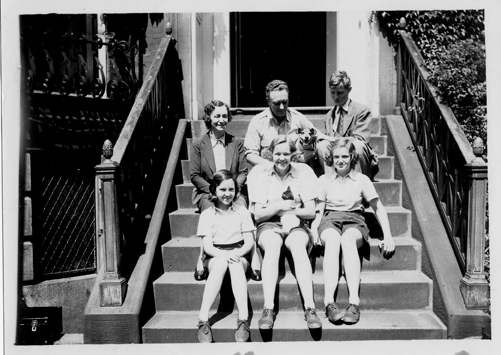
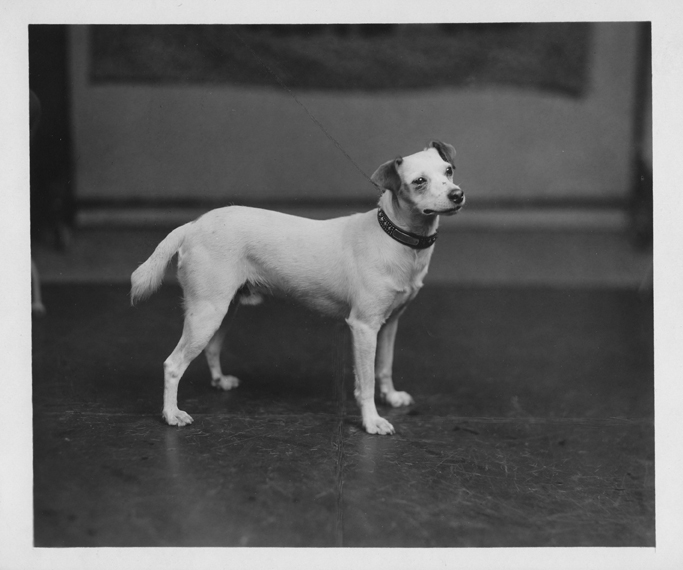
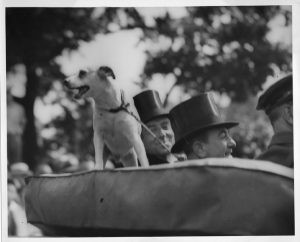
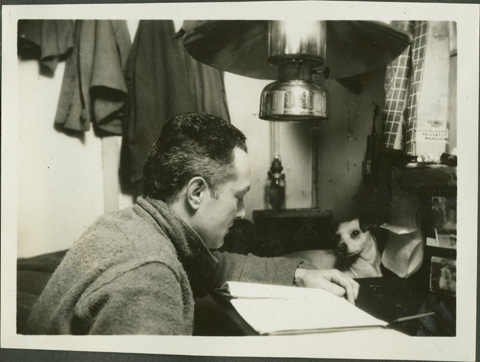
It is in the fox terrier’s nature to be determined and to please their owner. These dogs are fiercely loyal and active. Igloo exactly fit his breed’s personality. His active nature made him the perfect companion dog for polar explorations; not only did he want to be a companion, but he was independent. He would play and receive affection, but also wanted to sniff and explore the terrain around him.
Igloo was a Fox Terrier, not the typical kind of dog to accompany polar expeditions. Huskies were generally taken on polar explorations; they were used for transport purposes before proper machinery was built. Huskies are stocky dogs that can pull heavy loads. In addition, Huskies have long tails and thick fur which helps to protect them from the wind and cold. Fox terriers have thin fur and are small dogs, typically ranging from 15-18 lbs. They aren’t built to handle the cold temperatures of the Arctic. The explorers would watch Igloo shiver and wrap him in a blanket to help him warm up on expeditions. In efforts to mitigate the discomfort for Igloo on future expeditions, Byrd had booties and a puppy coat made to keep him warm during the long weeks in the polar conditions.
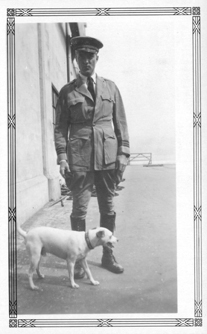
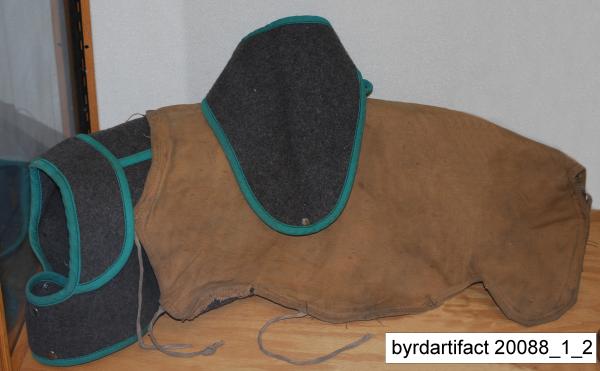
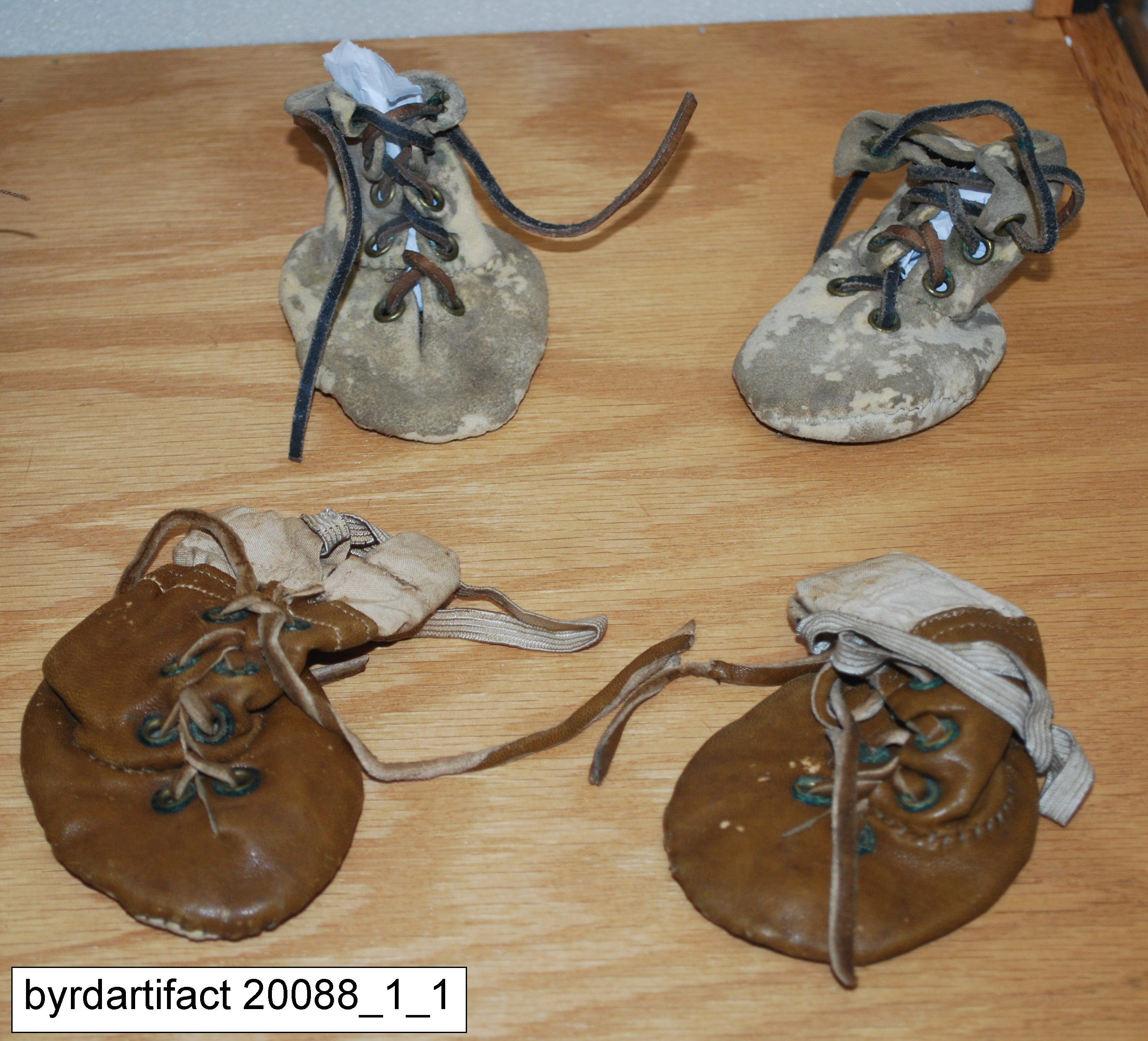
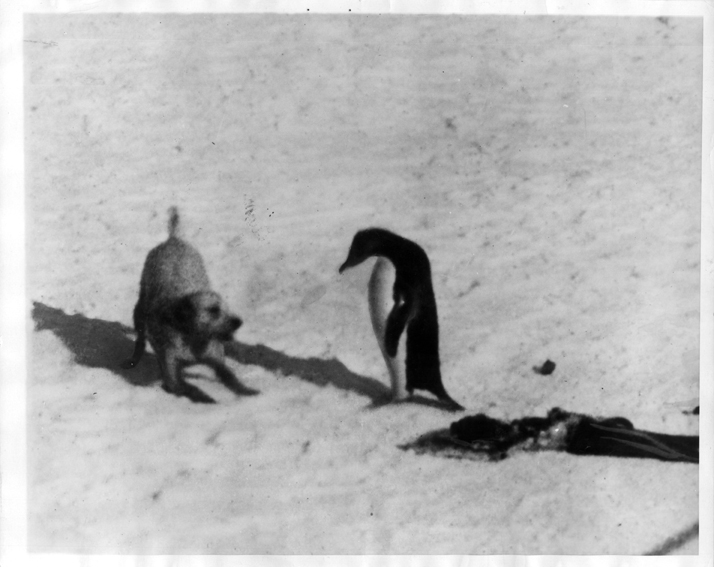
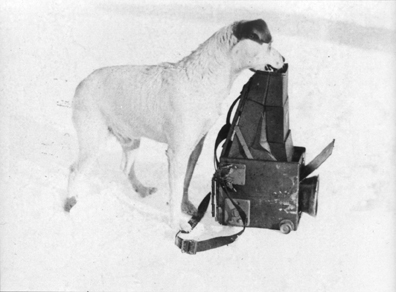
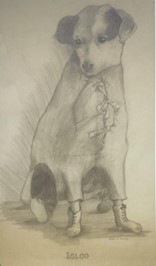
While Igloo may not have made any discoveries of his own, he played a critical role in polar expeditions. He remained a loyal companion to the entire crew. When Igloo was around, no one would feel lonely or isolated. His curiosity motivated others and boosted morale of the group, which was of great benefit to productivity. Igloo was an essential member of the crew and stole the hearts of people all over the world.
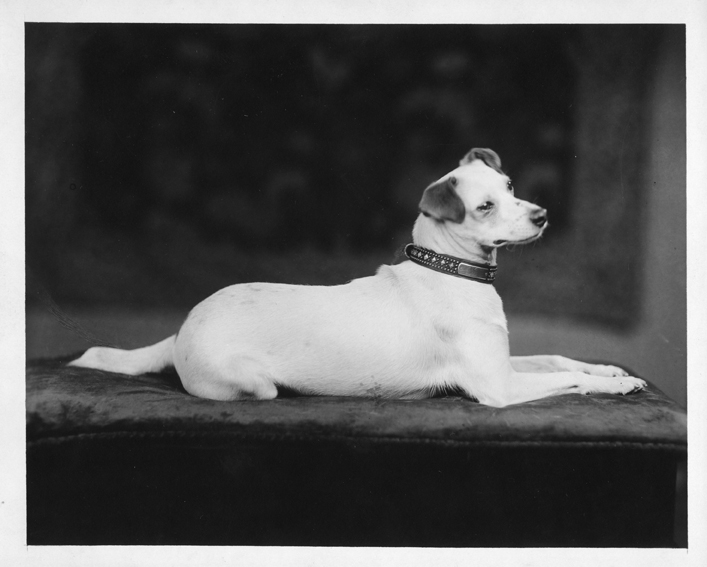
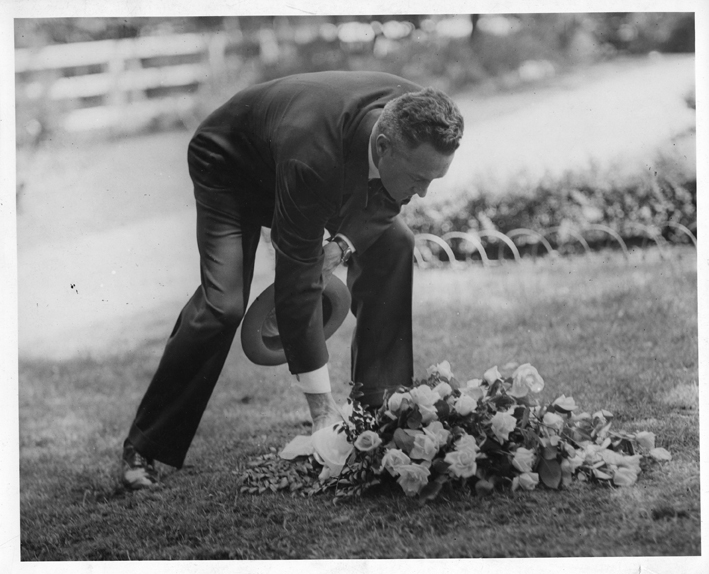
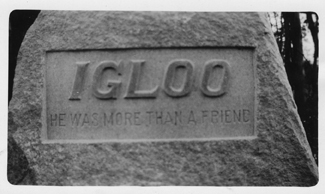
All images were provided by the Byrd Polar and Climate Research Center Archival Program, Papers of Admiral Richard E. Byrd. Visit the Polar archives to learn more.
Further Reads:
Igloo - This online article tells the story of Igloo and his adventures!
Igloo by Jane Brevoort Walden - Igloo’s Biography
References List:
- Cool Antarctica
- Pet’s influence on humans’ daily physical activity and mental health: a meta-analysis- Martins et. al
- Frozen Fridays: 'I' is for Igloo- Hooton
- American Kennel Club- Fox Terrier
- How Pets Can Help Us Maintain Mental Health
- Why are Dogs Called 'Man's Best Friend'? - Kledzik
- Man’s Best Friend: The Neuroscience Behind the Animal/Person Connection- Dion
